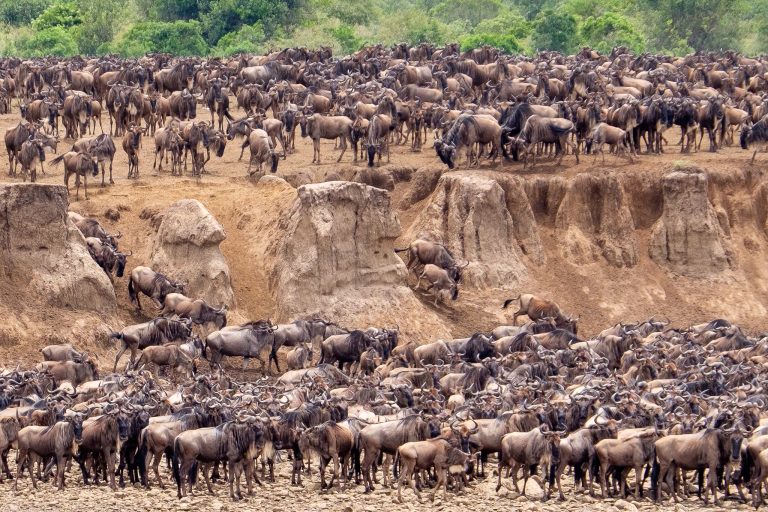Elevation in Serengeti National Park
Serengeti National Park is a large wildlife reserve in northern Tanzania that is renowned for its vast expanse of savanna, its large herds of plains animals, and its stunning landscapes. The park’s elevation plays an important role in the formation of the ecosystems and habitats that are found within the park, as well as the wildlife that inhabits it. This article will discuss the elevation of Serengeti National Park, its geography, topography, and how the elevation affects the park.
Elevation of Serengeti National Park
The elevation of Serengeti National Park ranges from 920 to 1,850 meters (3,020 to 6,070 feet) above sea level. The highest point within the park is located at the top of the Ngare Nanyuki hill, which rises to 1,850 meters (6,070 feet). The lowest point is located in the south at the Grumeti River, which is 920 meters (3,020 feet) above sea level.
Geography of the Serengeti
The Serengeti National Park is located in the Mara and Simiyu regions of Tanzania, which is in east-central Africa. The park is located between the Ngorongoro Conservation Area to the south and Lake Victoria to the west. It covers an area of 14,750 square kilometers (5,700 square miles), making it one of the largest game reserves in Africa.
Topography of the Serengeti
The topography of the Serengeti is varied and includes plains, hills, and rocky outcrops. The plains are located in the northern and southern sections of the park and are characterized by their open grasslands. The hills are located in the central region of the park and are characterized by their steep slopes and rocky outcrops. The rocky outcrops are located in the eastern section of the park and are characterized by their rugged terrain.
Understanding the Elevation of the Serengeti
The elevation of the Serengeti plays an important role in the formation of the park’s ecosystems and habitats. The higher elevations receive more rainfall than the lower elevations, creating a gradient of vegetation from grasslands in the lowlands to evergreen woodlands in the higher elevations. This gradient of vegetation is home to a variety of wildlife, including lions, cheetahs, elephants, zebras, wildebeests, and many more.
The elevation of the Serengeti also affects the climate of the park. The higher elevations are cooler and experience more rainfall than the lower elevations. This creates a variety of climates within the park, from the dry, hot savannas in the lowlands to the cooler, wetter woodlands in the higher elevations.
The elevation of Serengeti National Park plays an important role in the formation of the park’s ecosystems and habitats. The park’s varied topography and climate create a unique environment that is home to a variety of wildlife. Understanding the park’s elevation is essential for understanding the park’s ecology and what makes it so special.

